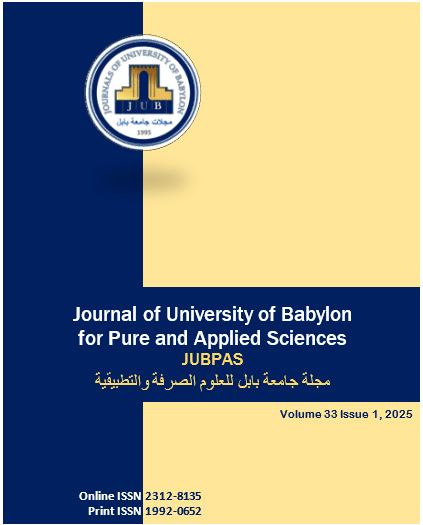Assessment of Smoking Effects On Respiratory System Using Peak Expiratory Flow Rate
Main Article Content
Abstract
Background: Cigarette smoking is a risk factor for many respiratory diseases. There are different instruments used to assess the effects of smoking. The purpose of our study was to assess the levels of peak expiratory flow rate (PEFR) between different types of smoking.
Methods: This is a cross-sectional study involved 190 subjects aged from 10-40 years, the sample was taken from multiple cafes in different areas in Hilla city, Iraq. The study involved smokers and passive smokers. The work was performed by taking information from each subject that included questions about age, sex, type of smoking, duration of smoking and symptoms. In addition to that the study included measurement of pulmonary function by using peak flow meter.
Results: Most of participants were passive smokers (60.53%). Regarding distribution of symptoms, the study showed that the highest percentage of them had no symptoms (67.4%) and only 1% of them had wheeze. The highest numbers of participants with low levels of PEFR were in the age group 20-29 years old and the differences were significant between groups (p value= 0.037), The study also revealed significant relation between increased duration of smoking and the decrease in the level of PEFR (p value=0.000)
Conclusion: The results showed considerable effect of smoking whether active or passive on the values of PEFR. In addition, there were increased respiratory symptoms among smokers.
Article Details
Issue
Section

This work is licensed under a Creative Commons Attribution 4.0 International License.
